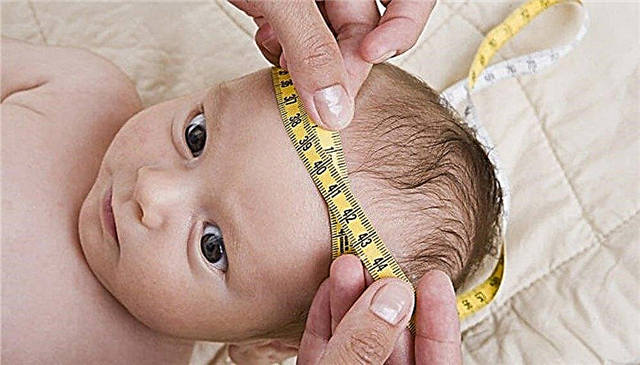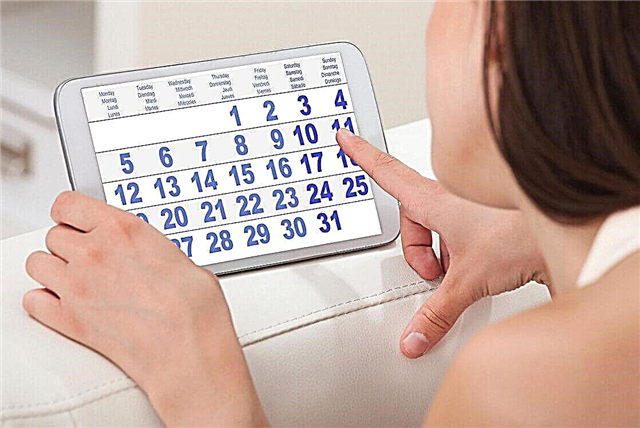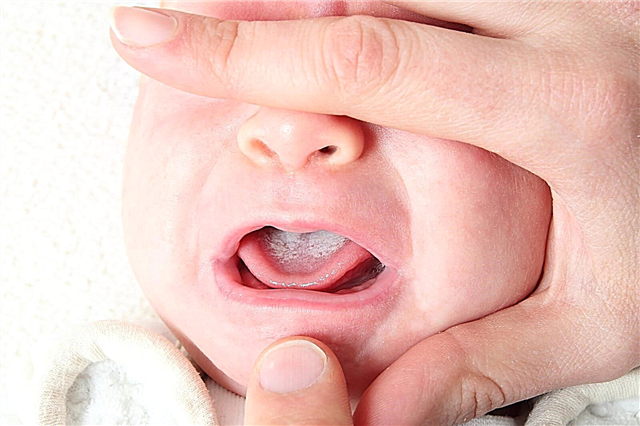
Quite often, parents have to gargle their child's throat. However, none of the children from birth knows how to do this. Rinsing should be learned. You will learn how to teach your child to gargle on their own by reading this article.
Why is this needed?
Gargling is a painless and simple procedure. It is one of the most common home remedies for a wide variety of respiratory conditions. If a child has ARVI, flu, complicated by inflammation of the larynx, rinsing is not only a treatment, but also a means of preventing complications. It frees the mucous membranes from pus, accumulations of pathogens and viruses, and also saturates them with moisture, preventing them from drying out.

For bacterial infections (for example, sore throat caused by microbes), rinsing is an auxiliary procedure in the general treatment regimen. It does not significantly affect the speed of recovery, however, it has a beneficial local effect, as a result of which the pain sensations in the toddler decrease.
It is worth treating the throat with saline and medicinal solutions with pain in the throat, with sore throat, with hoarseness or complete loss of voice, with inflammatory processes in the larynx.
When coughing, these manipulations are ineffective; a different approach is used for treatment, which the doctor plans after finding out the exact cause of the pathological activation of the cough reflex.

Procedure technique
The correct procedure should look like this:
- The child stands up straight upright, straightens his shoulders and takes a sip of the solution.
- The head is thrown back and the tongue is shifted as far forward as possible so that the solution reaches the site of inflammation as deep as possible.
- Holding fluid in the larynx the child activates the vocal cords. Vibration is created, after which the solution should be spit out and a new portion swallowed.


Popular solutions
For sore throat when swallowing, for pain associated with a viral infection, for colds, salt rinses are very useful. For pharyngitis, sore throat, various laryngitis and some other diseases, it is better to choose antiseptic solutions, which can be used independently, or in combination with rinsing with a salt solution.
A solution of salt for a sore throat is easy to prepare: take half a teaspoon of salt in a glass of warm boiled water. Do not add drops of iodine to the resulting liquid, as numerous Internet healers and grandmothers advise to do, since iodine can cause burns to the mucous membrane. It is also worth noting that during the inflammatory process, iodine from the solution is actively absorbed by the mucous membrane, which can lead to an overdose of this substance.

Popular antiseptic solutions are furacilin solution, "Miramistin". "Chlorhexidine" (which helps adults and children well; it should be diluted in a 1: 2 ratio). You should not rinse a child's sore throat with solutions of alcoholic tinctures, because alcohol additionally dries the mucous membranes, which increases the risk of complications of the underlying disease. All alcohol preparations should be discarded.
You can use medicinal herbs for making decoctions for gargling, but only if the child is not allergic to them, and the redness of the throat is not associated with allergic reactions to something else. Honey rinses also have a certain antiseptic effect, but they can only be used by children from 3 years of age (in the absence of allergies to bee products).
You shouldn't really rely on rinsing, because they are just an auxiliary procedure. It is not so important what to rinse, as long as this solution does not harm the child.
How to teach?
A child should be taught to rinse at an age when he is able to understand what exactly is being explained to him, and a lot will have to be explained. Firstly, you cannot swallow the solution, and secondly, the “gurgling” procedure is not only fun, but also very useful. Much depends on the individual development of the child, but usually the efforts of the parents in teaching rinsing will be crowned with success if the child is already 2-3 years old.
It is necessary to start training not when the throat hurts and the temperature has increased, but in advance, when the baby is feeling well, he is not sick with anything. For classes, you can use ordinary boiled water at room temperature. It is best to conduct the lesson in a playful way, because all children are amused by the sounds that occur when gargling.


It will be good if the parents demonstrate the funny procedure. The kid does not need to be forced to repeat if he does not want, but the likelihood that he will want to try is high - if the parents prepare everything correctly.
A big parental mistake is that they immediately form in the child the wrong attitude to rinsing - the baby begins to perceive this only as a therapeutic procedure, and none of the toddlers likes to be treated. It is best to play with a child: who is bubbling a song louder or reciting poetry with water in his mouth. When he stops being afraid, gets used to it, learns, this skill will not disappear anywhere, and in case of illness, it will again be possible to simply offer the baby to play (but with a healing solution), and not drag him to be treated through force.

A few rules
There are a few rules to make your home rinses the most beneficial for your baby:
- When the solution is already in the mouth, it is best to pronounce a lingering "Y", so the root of the tongue will interfere less.
- One rinse set Is about 30 seconds. This is the time the child should gurgle with one sip of the solution.
- Rinsing begins with a less quiet and slow vibration. The volume and intensity of rinsing should increase gradually, this will prevent additional traumatic effects on the mucous membranes with severe (purulent) inflammation.
- For prophylactic rinsing of the throat, do not use solutions quite enough ordinary warm boiled water.
In the video below, Dr. Komarovsky will tell you which rinse is useful.



